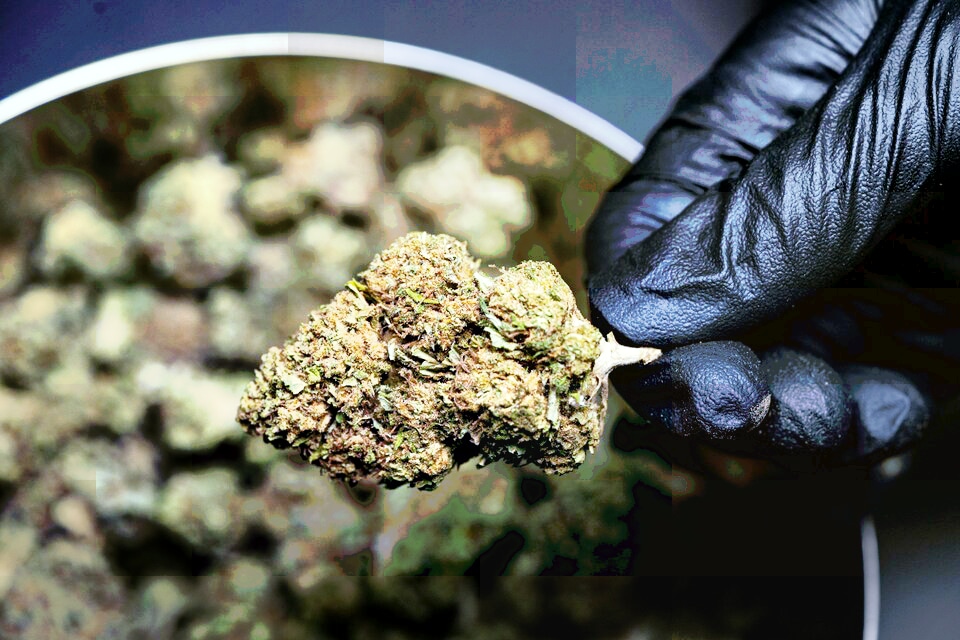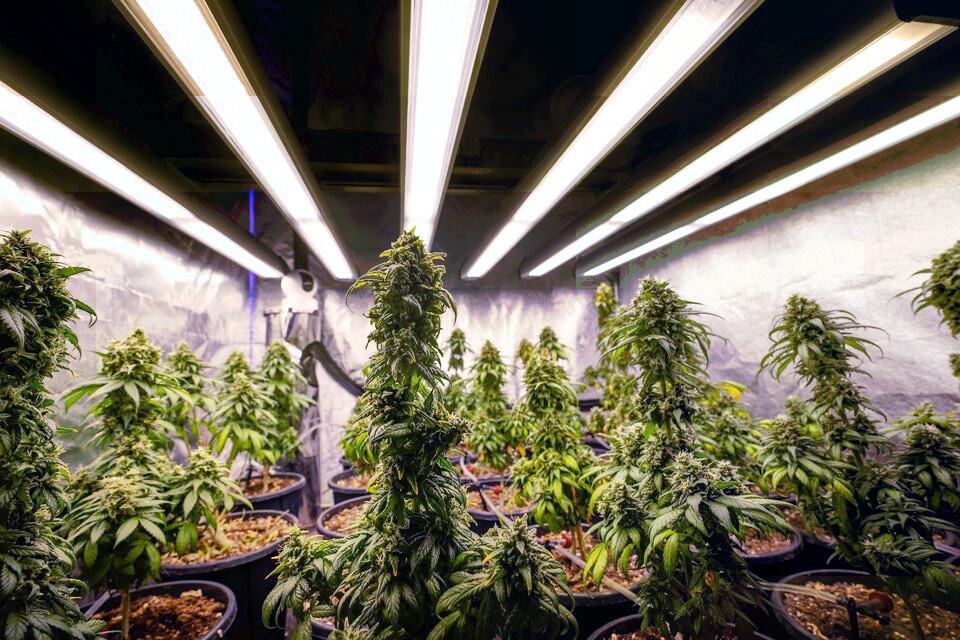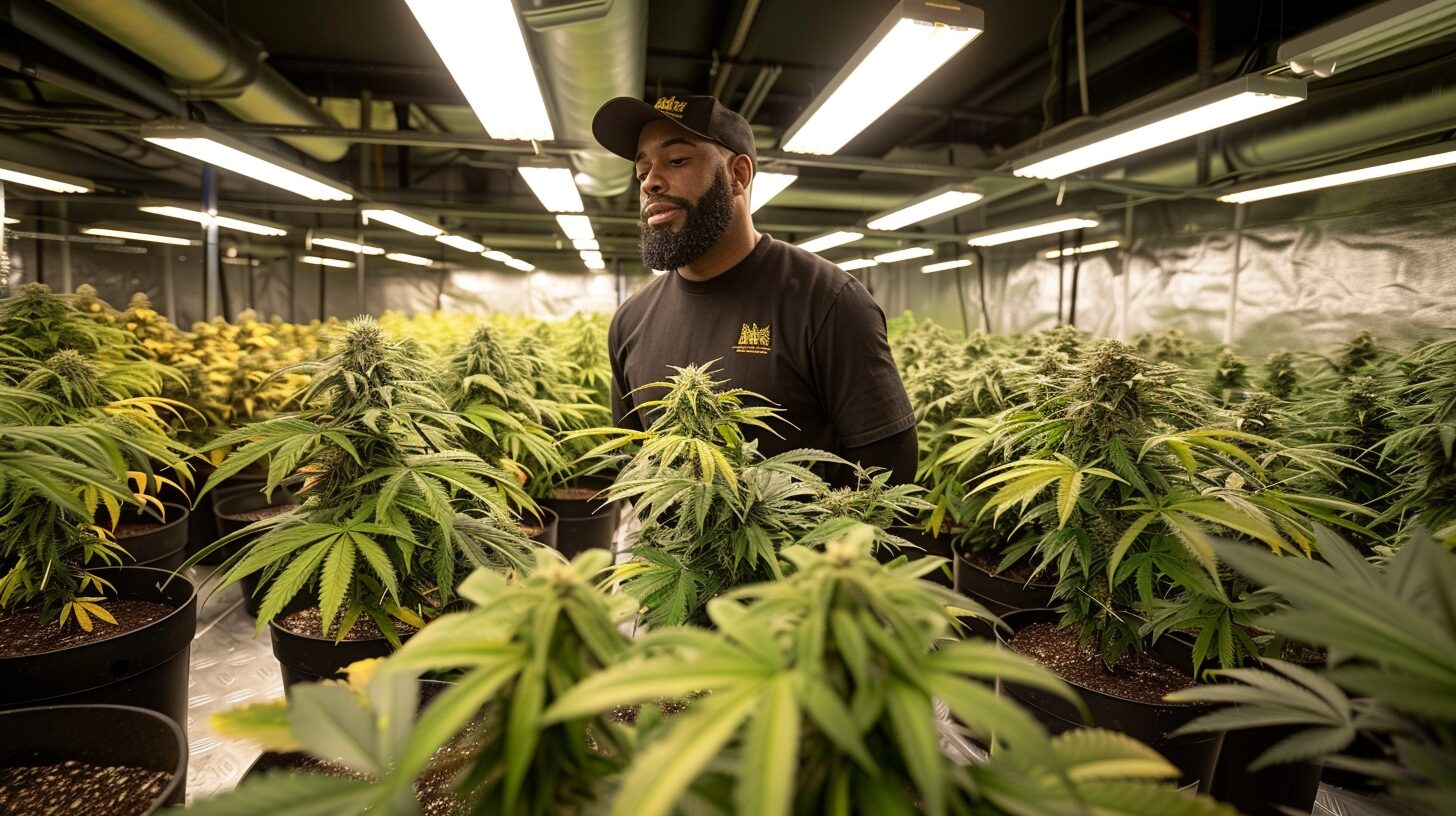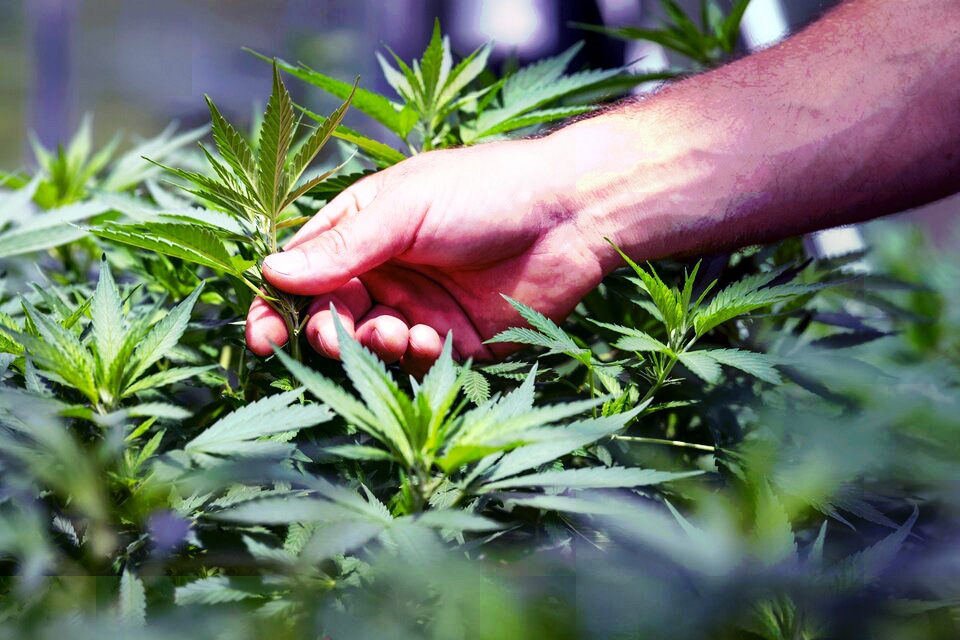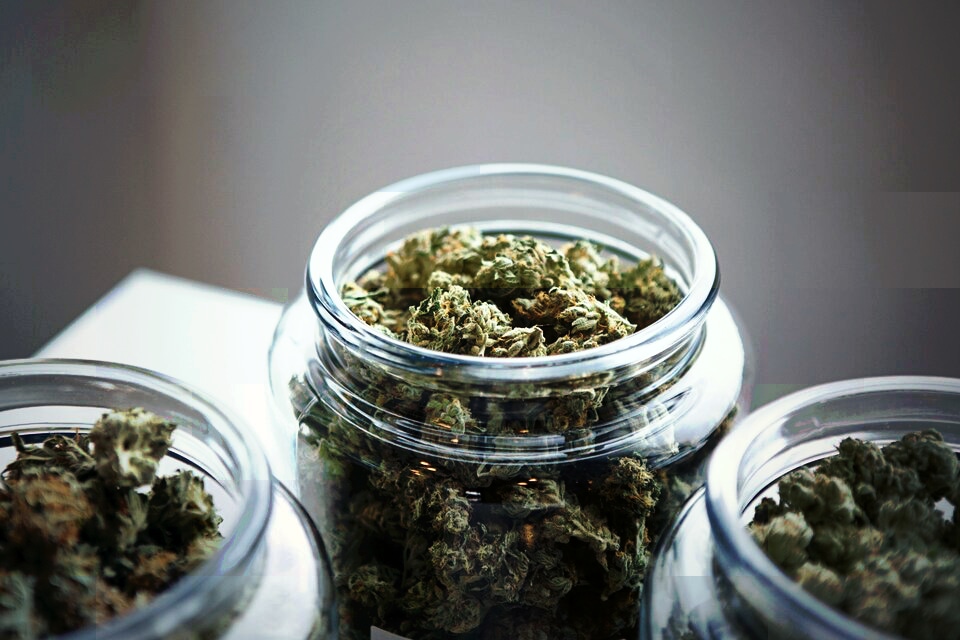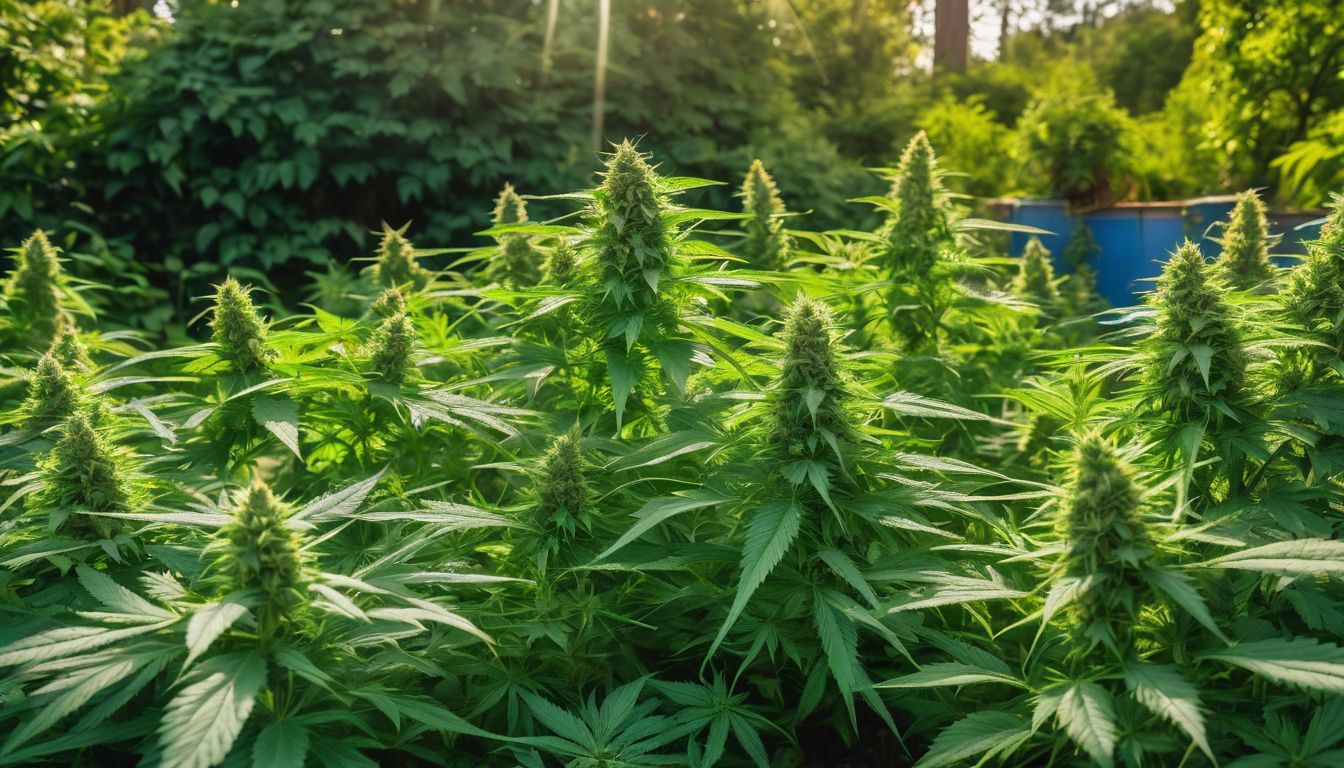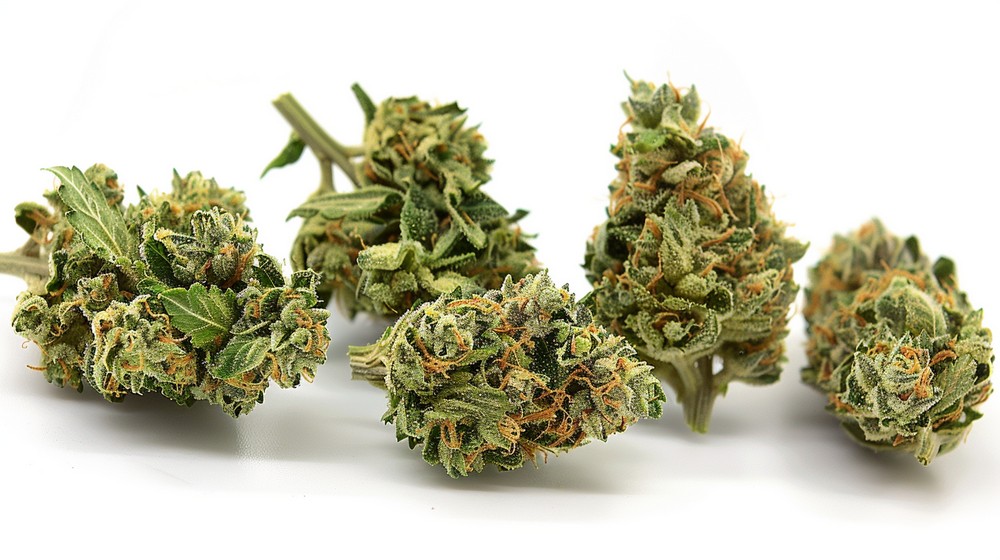Como identificar problemas no cultivo de cannabis

Growing a marijuana plant isn’t a walk in the park, we know there are a thousand and one problems that can arise. (Did you know that something as small as a nitrogen deficiency can ruin your entire crop?) In this post, I’ll guide you to identify those little problems before they become disasters.
From yellow leaves to unwanted visitors, I’ve got you covered. (Keep reading and become a cannabis detective!).
Key Conclusions
- Marijuana leaves communicate problems, such as nutrient deficiencies or excesses, that need prompt attention.
- You need to watch for pests and diseases like algae, septoria, and powdery mildew to protect the plants.
- Watering has to be just right; not too much or too little water to ensure the plants’ well-being.
- Controlling humidity, temperature, and environmental stress is key to avoiding cultivation problems.
- Checking the soil can prevent nutrient burn and other complications.
Cannabis Leaf Diagnosis: Identifying Symptoms
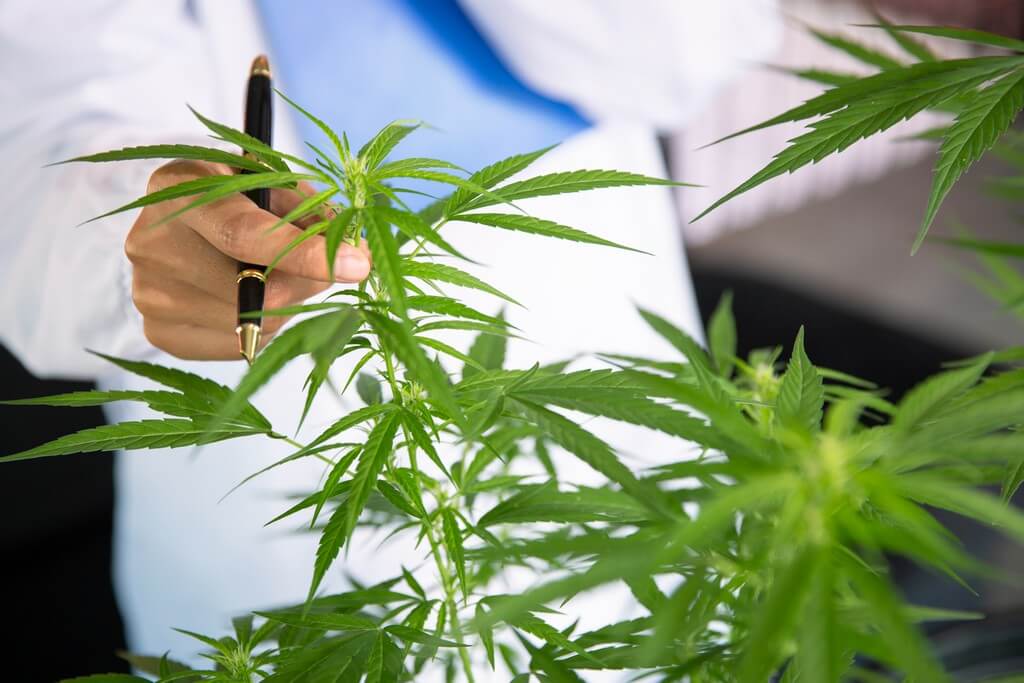
Let me tell you a secret, growing marijuana can be an art… and like any good artist, you must learn to read the signs from your creations. Your cannabis leaves are trying to communicate with you, can you understand what they’re saying? From that yellowish tone screaming “Hey, I need more nitrogen here!” to those brown tips whispering “uh, I think I overdid it with the magnesium,” every clue is a key piece of the puzzle to reach the fullness of your harvest.
So sharpen your eyesight and let’s get ready to interpret those symptoms!
Boron Excess
Having too much boron in marijuana plants is a big mess. You can tell because the new growth gets too hard and the little leaves or new branches break easily.
It’s like the plants become weak and can’t support themselves properly. This happens when we give them too many nutrients, and it’s not good for them.
If you see that your little plants have this problem, act quickly. You need to check the amount of boron you’re using and make sure you don’t overdo it. And now, pay attention to another important detail: calcium deficiency, which can also cause serious problems for your plants.
Calcium Deficiency
Marijuana plants with calcium deficiency are a serious problem. They can grow slower and have trouble flowering. If you see lower leaves curling or crinkling, something is wrong.
These leaves may also show strange colored spots. That tells you the plants don’t have enough calcium.
It’s like being a plant detective, you always have to be on the lookout for these clues. The markings on the leaves are signs that you need to act quickly. You might think, “Am I giving the right nutrients?” It’s key to maintain a balance so your plants are healthy and strong.
Now, let’s talk about magnesium excess and how it affects your plants.
Magnesium Excess
Speaking of leaves, it’s not only what’s missing that matters, but also what’s in excess. Magnesium is key, but be careful, too much can be a problem. If your marijuana plants have very green leaves and you see yellow spots, watch out, it could be magnesium excess.
Not only does it look unsightly, but it also prevents your little plants from taking in other nutrients they need.
That’s why it’s like a domino effect; an excess here causes a deficiency there. The leaves tell you if there’s too much magnesium blocking the way to a balanced diet. Keep your eyes wide open to catch these signs in time.
This way, you help your plants be healthier and grow better.
Nitrogen Deficiency
The older leaves on your marijuana plant are telling you something if they start turning yellow. That’s a sign that maybe it doesn’t have enough nitrogen. During the growth stage or at the beginning of flowering is when you need to pay closer attention.
If you notice the lower leaves changing to a yellow hue, it’s time to act!
Don’t worry, there’s a solution. By adjusting the fertilization, you can bring your plants back to life. Look closely at the leaves, if you see yellowing between the veins, that’s chlorosis and another cry for help for nitrogen.
But be careful, because giving them too much isn’t good either and can harm your plant. Find the perfect balance, and your marijuana plants will thank you with an iron-clad health.
Common Diseases in Marijuana Plants
Marijuana plants, as resilient as they may seem, are also not immune to diseases; discover how to recognize and act against the stealthiest invaders lurking them..
keep reading and protect your crop!
Algae
Algae in your marijuana cultivation can be a real pain. These little green critters love places where there’s plenty of water and light. If you see that your plants have a slimy green layer on the soil or pots, alert, it could be algae.
This mess is not only unsightly but can also cause serious problems like diseases in your plants.
To keep these pests at bay, you have to be vigilant. Make sure water doesn’t stagnate and that air circulation is at 100 percent. Plus, if you combat algae quickly, your marijuana plants will thank you immensely.
Use good drainage and control humidity to say goodbye to algae and hello to a healthy crop.
Septoria Leaf Spot
Septoria on marijuana leaves is like an unwanted visitor arriving unannounced. This fungus, known for leaving yellow spots on the leaves, can give any grower a lot of headaches.
Plants affected by this intruder show little spots as if they were drops of yellow paint that, over time, can turn the entire leaf yellow and cause it to fall off.
Fighting septoria is no game. It’s vital to act quickly to keep the plants healthy and happy. To prevent this fungus from spreading, you need to remove the diseased leaves and discard them away from the crop.
It’s also a good idea to keep the plants dry and with good air flow so septoria doesn’t find a home to grow in. But be careful! You have to be wary of not overdoing it with water or fertilizers, because that can also invite other problems like nutrient excess or root rot.
Powdery Mildew
\ Powdery mildew is a silent enemy of your marijuana plants. It’s a fungus that loves places where there’s a lot of moisture in the air and little breeze to move the leaves.
Your plants can look very bad if this fungus reaches them. The leaves get covered in white or gray spots as if someone had sprinkled ashes on them.
To win the battle against powdery mildew, you need to act fast. Ensure good ventilation so air circulates between the plants. Lower the humidity in your crop.
And if you see the first signs of the fungus, use a special fungicide to say goodbye to it. Take care of your plants and don’t let this invader ruin your harvest!
Fusarium
The Fusarium fungus is a silent enemy that attacks marijuana plants. This evil gets inside the plant’s veins and blocks them. The leaves start turning yellow and then the plant wilts.
It’s sad to see how a happy plant gets sadder little by little.
To fight against Fusarium, it’s important to be vigilant. If you see that your plants aren’t as green or are falling for no reason, this fungus might be nearby. You need to act fast and seek help to save the plants.
After talking about this problem, let’s look at others like root rot that can also cause a lot of damage.
Root Rot
\ Root rot is like a nightmare for those who grow marijuana. Imagine, your plants look sick, and when you check the roots, surprise! They’re brown and rotting.
This situation is the work of some very bad fungi that attack without warning. And watch out, if you overwater, you can make everything worse.
To avoid this mess, check the roots from time to time. If you see signs of fungi or the roots aren’t white and strong, act quickly. Using good practices such as integrated pest management can help you keep this violent disease at bay.
Take care of those roots so your plants can grow happy and healthy!
Common Pests in Marijuana Plants
Oh, the pests! Those little mischievous bugs can turn your peaceful marijuana Eden into a real nightmare.. (Don’t worry, I’ll tell you how to send them packing).
Ants
Ants can cause many problems in a marijuana cultivation. They get along well with other insects that damage plants, such as aphids and mealybugs. If you see ants, it’s a sign that they may be “tending” to these other bugs that eat your plant.
It’s as if the ants were little farmers and the aphids their cows.
You need to act quickly and remove ants from your crop. They can become a major nuisance, especially if your plants are outdoors. Use things like neem oil or insecticidal soap to fight them.
Keep your plants ant-free, and you’ll be one step ahead in caring for your crop. Now, let’s talk about another common problem: aphids.
Aphids
Aphids, those tiny little things that can cause a lot of headaches. They cling to the marijuana plants and suck the sap from leaves and stems. This not only leaves unsightly marks but can also severely damage our beloved plants.
Their color can be quite striking, making them easier to spot if you look on the underside of leaves or stems.
To get rid of these unwanted guests, many people use neem oil or a special nutrient solution that repels them. But be careful, you have to be cautious not to overdo it, because the plants are also sensitive.
The best is to maintain good pest control and monitor your crops. This way, you can catch those aphids before they become a severe infestation.
Caterpillars
\ Caterpillars can be a big problem for your marijuana plants. These little critters eat the leaves and even the buds, leaving ugly holes everywhere. Plus, when they chew, their bites can invite fungi to grow, further sickening the plant.
If you see leaves with strange holes, it’s time to act. You can look for the caterpillars and remove them by hand. There are also options like using neem oil to keep them away. Taking good care of your plants helps them fight these pests and grow strong and healthy.
Spider Mites
\ Spider mites, oh boy! These tiny bugs can cause a lot of problems. They can appear on your marijuana plants and cause a lot of damage. If you see white spots or cobwebs on the leaves, you might have spider mites.
They just love a warm and dry climate, so you have to be on the lookout. Using neem oil or biological control can help fight them.
Remember, prevention is always better than cure. Keep your plants clean and check that you’re not bringing pests from outside. And now, take a good look at those whiteflies; it seems like they’re everywhere when there are problems..
Whiteflies
\ Whiteflies are bad bugs for your marijuana plants. They cling to the underside of leaves and suck the juices, leaving unsightly marks. If you see white spots or many insects flying around your plants, you might have whiteflies.
Watch out for them! They can pass diseases to your plants by just biting them.
To fight whiteflies, use things like neem oil or soap. It’s better to act quickly before they multiply and damage your entire crop. Don’t wait for them to become a big problem.
Now, let’s talk about “Stress Problems in Marijuana Cultivation.
Stress Problems in Marijuana Cultivation
As if adolescence wasn’t stressful enough, marijuana plants also go through their share! From that scorching heat that leaves them more anxious than a tourist in a roller coaster line, to those pruning cuts that make them feel like they’ve been through a bad session at the hairdresser’s; yes friends, our little green buddies suffer from stress just like us… Keep reading and I’ll tell you how to become the plant psychologist your babies need.
Heat Stress
Marijuana plants can suffer a lot from the heat. If it’s too hot, the leaves curl and look sad because they lack water. This can also prevent the plants from growing well.
You need to be aware of this to avoid problems and help the plants stay happy and healthy. If you notice your plants are wilting, it’s time to check how much heat they’re getting and find a way to cool them down.
Now, let’s think about humidity and temperature, which are also very important for your plants.
Humidity and Temperature
Maintaining the right humidity and temperature is like finding the sweet spot for your marijuana plants, it really does matter! If it’s too hot or too humid, your precious plants can suffer.
Imagine feeling scorching hot or drenched in sweat, well, that’s how your little plants feel if you don’t take care of these conditions. Controlling these factors helps you avoid unwanted visitors like pests or fungal diseases.
And, did you know? Crazy fluctuations in humidity and temperature can also stunt growth and affect your final harvest.
Now, if things go to the opposite extreme and your plants are shivering from cold with low humidity, they won’t be happy either. A grow room with a balanced environment is the paradise for your marijuana, where it can thrive and give you its best.
They’ll thank you with fat, juicy buds! But watch out, avoid those abrupt changes; like people, plants don’t like going from the sauna to the fridge in one second.
A stable climate is a big step in keeping environmental stress at bay.
Pruning Mistakes
Cutting too much of a marijuana plant can harm it. Plants need leaves to get energy from the sun. If you remove too many leaves, the plant can’t grow well. Pruning should be done carefully, and only what’s necessary should be removed.
Pruning is an art, and a common mistake is cutting at the wrong time. You need to wait for the right moment. Pruning plants in their flowering stage can stress them out a lot. This changes how they grow and can result in fewer buds.
Stretched Plants
Marijuana plants sometimes get too stretched out. This can happen if they don’t have enough nutrients or if there’s too much light. If the plants are very tall and thin, it could be that they’re searching for more light or are already in a place with too much light.
Having plants like this is not ideal because they can have weak stems and not grow well.
You need to watch closely how they grow to avoid problems. If we see them stretching, we can change things like the light or nutrients to help them. It’s important to give them what they need without overdoing it.
This way, the plants will be healthier and stronger. Now, let’s think about water problems in marijuana plants.
Hermaphrodites
Suddenly, you come across marijuana plants that have flowers of both sexes. What a surprise! This is hermaphroditism. It’s something that often happens and can complicate cultivation. If you don’t want seeds in your buds, you need to be vigilant.
Hermaphrodite plants can appear if something isn’t right. It could be things like lights bothering them or excessive stress.
It’s best to prevent the females from getting filled with seeds. To do this, inspect your plants often, especially when they transition from the vegetative to the flowering stage. Look for little pollen sacs that could ruin your harvest.
If you find a hermaphrodite plant, you should separate it from the others. This will protect the rest of your crop. With care and attention, you can keep your plants healthy and free of unwanted seeds.
Watering Problems in Marijuana Cultivation
Whether drowning your marijuana plants in aquatic love or leaving them drier than a mother-in-law joke, finding that perfect watering balance is more art than science… and your harvest hangs by a thread (or rather, a well-hydrated root).
🌱💧 Don’t miss the secrets to becoming the watering master in our full article.
Overwatering
Too much water is bad for your marijuana plants. It can cause the roots not to get air and get sick. It’s easy to give them more water than they need, especially if you’re new to this.
If you see your plants looking sad and the soil is very wet, maybe you’ve overwatered them. Don’t worry, there’s a simple solution. Let the soil dry out well before watering again, and next time, give them less water.
This way, your plants can recover and grow strong.
Underwatering
Marijuana plants need water to grow well. If you don’t give them enough, they’ll have problems. You’ll see the leaves start to drop, and the plant will look sad. This is called wilting, and it’s a sign that you need to act quickly.
If you don’t fix this, the poor little plants could even die.
To keep your cannabis plants happy, you need to find the right watering point. Not too much, not too little, like a perfect balance. Think of water as the life of your plants. With enough liquid, they can absorb the nutrients they need and give you good fruit.
So, watch out for the water!
Soil Problems in Marijuana Cultivation
The soil is like the home of marijuana plants. If something isn’t right, the plants suffer. Sometimes the soil can have too many nutrients and burn the roots – this is called “nutrient burn“.
Other times, it doesn’t have enough good things, and the plants don’t grow well. This is what happens when there are “nutrient deficiencies“. Also, if the soil is too wet all the time, the roots can rot, and this is called “root rot“.
It’s super important to keep the soil in the best condition for the plants to be happy and healthy.
To avoid soil issues, you need to check how moist it is and test how many nutrients it has. Using a pH meter helps determine if the soil is too acidic or too alkaline.
You need to keep it at a middle point so the plants can take up all the good things from the soil and grow without problems. Now, keeping the plants happy with their soil, it’s time to think about how to protect them from other issues.
Let’s move on to the tips for preventing problems with our plants.
Tips to Prevent Problems in Marijuana Plants
In the world of marijuana cultivation, it’s better to prevent than to lament—you know, “prevention is better than cure,” and we’re not talking about adding more smoke to the issue. (I’m looking at you, yes, with those green thumbs tempting fate).
Let’s give you a hand with some trade tricks to keep your plants as healthy and happy as you at a reggae concert. Give your green friends the love they deserve and watch them pay you back tenfold—of course, without getting too chatty, since it’s not like plants understand your enthusiasm for gardening.
😉.
Crop Monitoring
Taking care of your marijuana plants is like caring for a treasure. You need to keep your eyes open to see how they’re doing. Using tools like magnifying glasses helps you see tiny bugs and leaf problems.
You can notice if you have spider mites or if a disease like powdery mildew is starting. Also, pay close attention to how your plants look and grow. If they seem sad or aren’t growing well, something is wrong.
Keeping a record of everything is super useful. Note how much water you give them, what nutrients you use, and how the weather is every day. This helps you see patterns and solve problems quickly.
For example, if you know it’s very hot, you can protect your plants from heat stress before something bad happens. And if you notice the leaves changing color, you could be seeing a sign that something is missing in the nutrient solution.
Remember, happy plants make a happy grower too.
Pest Control
Pests are a major problem in marijuana cultivation. Ants, aphids, caterpillars, and whiteflies can ruin your plants. To keep them away, you need to be super vigilant.
Using neem oil is a great idea because it helps combat the bugs without harming the plants.
It’s also good to mix things like mild soap with water to spray the leaves. And hey, don’t forget about spider mites; those little ones can cause a lot of trouble. Keep your eyes wide open to detect cobwebs on the leaves, that’s a sign they’re there.
Let’s fight those pests!
Nutrient Balance
Controlling pests is crucial, but we can’t forget the role of nutrients. Happy marijuana plants need the right mix of food. Think of nutrients as breakfast, lunch, and dinner for your plants.
Too much or too little can be a problem.
To keep your plant happy, you need to check the pH of the hydroponic solution. It should be between 5.2 and 5.8. If the pH isn’t right, the plants can’t eat well, even if there’s food.
Imagine you have a fork but can’t use your hands. That’s why having the right balance is important. Use this trick: If you see the leaves don’t look good or the plant isn’t growing fast, think about nutrient lockout.
Correct the pH and make sure your plant can reach its food.
Stress Management
Marijuana plants also feel stress, and this can cause serious problems. Things like too much heat or not enough water greatly affect the plants. You need to keep them in a place with a good temperature and the right amount of water.
If the leaves look weird or the plants aren’t growing well, it could be due to stress. Use a fan to move the air and keep your plants cool.
Being vigilant is important. (Watch out for those curling or discolored leaves!) If you notice anything strange, quickly find a solution. Speaking of solutions, did you know there are ways to prevent these problems? Let’s talk about that now.
Indoor Marijuana Cultivation Systems: An Overview
Growing marijuana indoors gives you power. You can control everything: light, water, air. It’s like being the boss of the weather! You put seeds in soil or soilless systems, like hydroponics.
That’s cultivating without soil, using water with nutrients. With special lights, the plants grow strong and fast.
Keeping an eye on your plants is key. You need to see how they’re doing to avoid nasty surprises like pests or diseases. If you notice bugs like spider mites or whiteflies, act quickly.
Use neem oil or other tricks to defend your crop. And remember, balancing nutrients helps keep your “girls” happy and healthy. You don’t want them getting sick from a lack or excess of something.
_climate control_
_creating an ideal environment_
_hydroponic systems_
_balanced ecosystem_
_pest protection_
Conclusion
Well, we’ve seen a lot about the challenges of caring for marijuana plants. It’s quite an art, isn’t it? But don’t worry, with practice and patience, you’ll become an expert.
Just remember, each plant is like a friend who needs attention and affection. If you take good care of them, they’ll thank you with good results. Courage and happy growing!
Frequently Asked Questions
1. How do I know if my marijuana plants have mites?
If you see little cobwebs on your plants and yellow or white spots on the leaves, well… you have mites! It’s time to act quickly and use neem oil to protect your crop.
2. What does powdery mildew look like on a cannabis leaf?
Powdery mildew looks as if someone had sprinkled chalk dust over the leaves. It’s a white, fluffy fungus that clings to the leaves, but don’t worry, it can be treated!
3. When my plants have brown spots, what could it be?
Ah! Brown spots can be signs of various things: from bud rot, to heat stress, or even a tobacco mosaic virus (TMV) infection. It’s like being a “botanical detective,” trying to solve a mystery.
4. What are those flying little bugs around my plants?
Those little “visitors” flying around could be fungus gnats. They’re small, but they can cause big problems, so it’s better to send them away before it’s too late.
5. Are curled leaves a sign of any problem?
Well, yes, curled leaves could be screaming “Help!” and could indicate various things, like environmental stress or even nutrient lockout. Listen to what your plants are telling you, and they’ll thank you for it.

